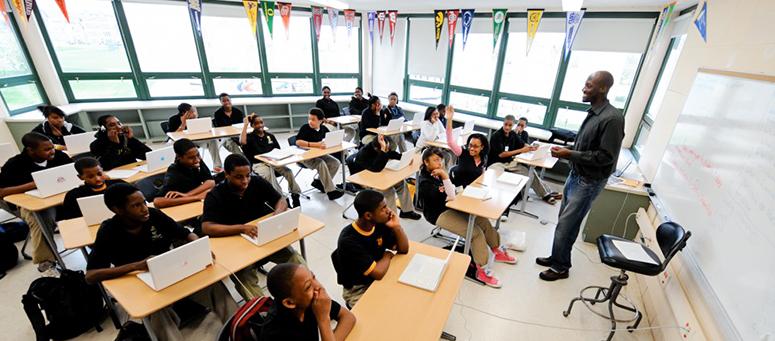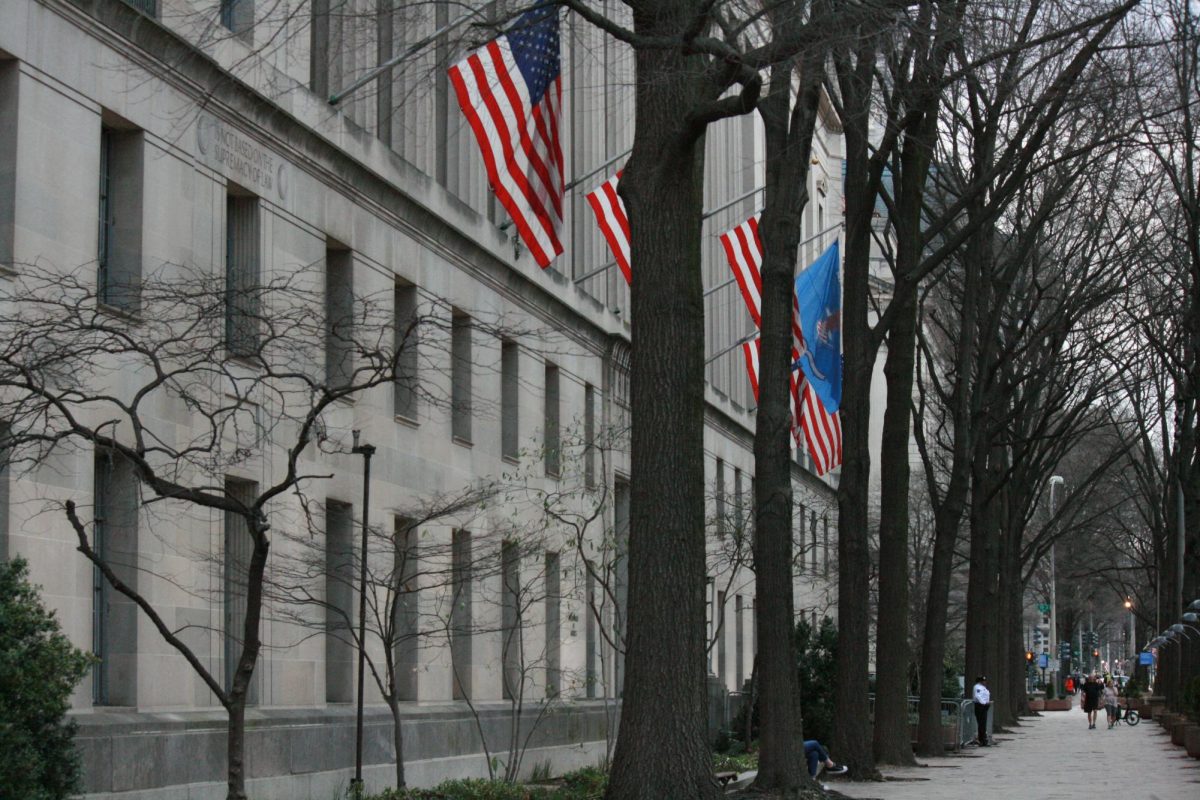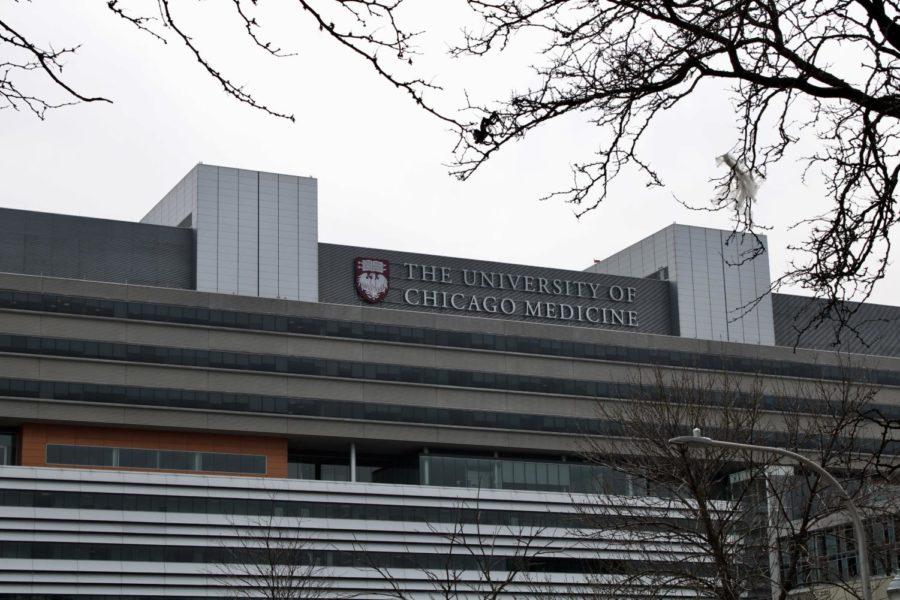Libraries are not just collections of books, computer equipment, and study spaces. They become spaces for socialization, where friendships form over study guides and problem sets. Library bookstacks—and the freedom that is found within them—allow a student to learn, explore, and grow independently.
Yet neither the University of Chicago’s Woodlawn charter school (UCW), which serves grades six through 12, nor the pre-kindergarten to fifth grade North Kenwood/Oakland campus have on-site libraries.
Only UCW students are specified as being allowed to use any facilities on the University of Chicago campus, according to Dayna Dion, the senior director of national engagement at the University of Chicago Urban Education Institute (UEI).
“All of our UCW high school students can visit and use the Joseph Regenstein Library at any time if they present a photo ID from the school, and they have access to many other buildings and resources at UChicago. The UChicago Charter School staff is actively working to ensure that all students have a current photo ID, and understand that they need to present this ID to gain access to the Regenstein Library.”
The private University of Chicago Laboratory School maintains four libraries, for different age groups within its student body.
A Charter for Success
The University of Chicago’s charter school program began in 1998 as an initiative of the UEI. Instead of an entrance exam, the charter schools admit students through a lottery system. From the first campus, North Kenwood/Oakland, the charter schools have since expanded to four. For six years straight, 100 percent of UCW’s graduating class have earned college acceptances.
The charter schools serve an economically diverse student body. Students pay small fees—ranging from $100 for the pre-kindergarten through fifth grade Donoghue campus to $545 for high school students at Woodlawn. Additional instructional fee waivers are granted to eligible students. Most of its students are from Chicago’s South Side, including communities that have had complicated relationships with the University in the past.
Of IDs and Identity
Spokespeople from the charter school stressed the quality of their respective campus’s facilities while acknowledging the lack of on-campus library facilities.
Tonya Howell, director of the pre-kindergarten through fifth grade North Kenwood/Oakland campus, stated that all classrooms have small collections of books and urged charter students to use the Chicago Public Library system.
Sonia Wang, middle school director of UCW, said Woodlawn used a similar system.
“Our literacy classrooms all have classroom libraries that are accessed by students for their pleasure and for instruction,” she said. “Also, most of our other content classrooms, social studies, science, and math, also have a smaller classroom library for students. Our students are encouraged to utilize the Chicago Public Libraries and on occasions, we have taken students on field trips to different locations for research.”
UChicago’s Senior Director of National Engagement, Dayna Dion, said that Woodlawn students can access the Regenstein Library “if they present a photo ID from the school.” With access to the University’s nearly ten-million book collection, Ms. Dion said, a dedicated on-campus library would be unnecessary
However, Kieran Palmer-Klein, director of UCW’s high school, was unaware that his students could access the Reg’s collections.
“Woodlawn students do not have access to the library at either campus (unless for a field trip with adult chaperones) or at the Lab School to my knowledge,” he said.
Angel Burgess, a parent at UCW’s high school and member of the Parent-Teacher Advisory Committee, says her son never received an ID from the school. “The thing is, you need to have an ID [to access the library], and I know my son doesn’t have an ID with his picture on it, so he wouldn’t have access to it at this time.”
Dion said that the newly renovated Woodlawn campus may not feature a library, but does have “a college resource center, a media arts space, technology-equipped classrooms, and state-of-the-art technology and infrastructure throughout the building.”
The Maroon could not reach officials from the Donoghue and Carter G. Woodson campuses.
Problems and Progress
Despite the charter schools’ matriculation and college acceptance rates, members of the community feel as if more could be done to make charter school students feel welcome.
Burgess said that she wanted the University of Chicago to do more to ensure charter school students were full and equal members of the UChicago community. Ms. Burgess continued: “I would also like to see them have access to the sports center, the dining commons—just think about it, we’re in a food desert here. To be able to walk two blocks would be an absolute benefit. That would be a great opportunity for us to take the next step.”








